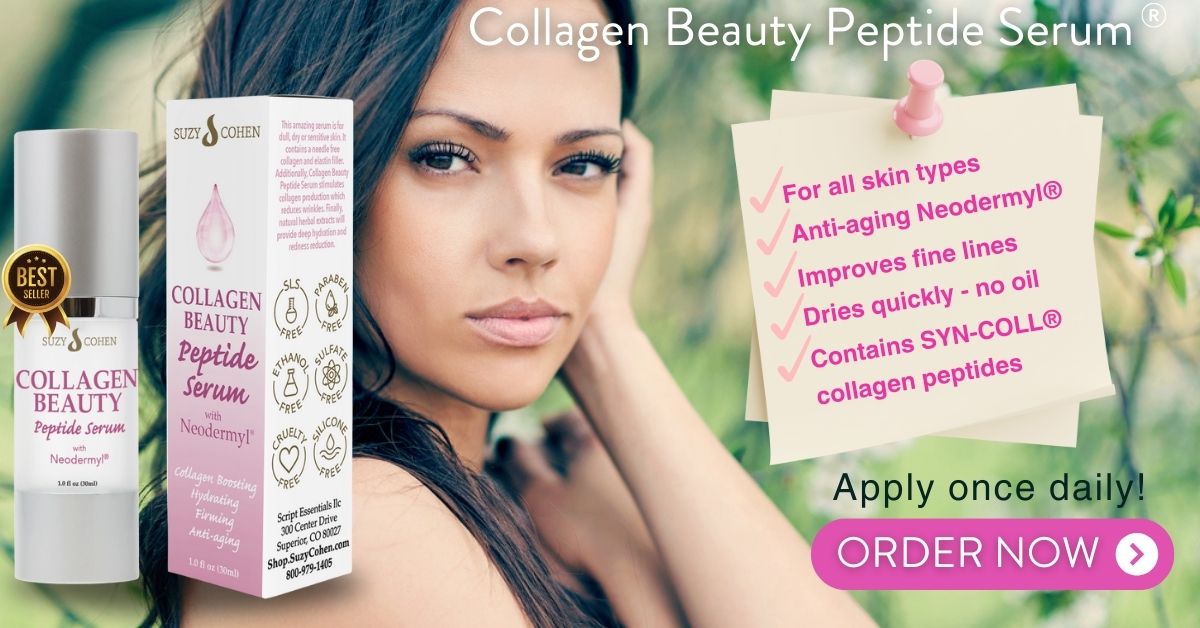What's On This Page?
ToggleYou never think about how to protect your liver until it becomes inflamed or scarred, or it gets infected or overwhelmed and stops functioning properly. Probably, the most common liver ailment is food poisoning which leads to inflammation of the liver. This is called hepatitis in medical terminology. The suffix “itis” means inflammation. You’ve probably heard the word myocarditis because that has been trending and it means inflammation of the heart.
Anatomically speaking, the liver and heart are extremely close to one another and what’s fascinating is that both of these organs have become unexpectedly inflamed, in groups of people who don’t normally have these problems! It’s early May 2022, and over the past few months, there has been a disturbing rise in cases of children experiencing sudden liver inflammation (hepatitis), across the United States.
In other words, it’s not limited to a food outbreak in one city from a bad sandwich! (Speaking of food poisoning, chocolate bars have been recalled – here’s what is happening with “Kinder” bars in Europe right now due to salmonella in the chocolate! In case you need more information regarding food poisoning, How to Recognize and Treat Food Poisoning. )
But again, these types of hepatitis and foodborne diseases are NOT what’s happening with the children. The unnatural rise in hepatitis has attained a global scale and in this week alone, there have been more than 300 reported cases of hepatitis, spanning 20 countries! At least eight youngsters required a liver transplant.
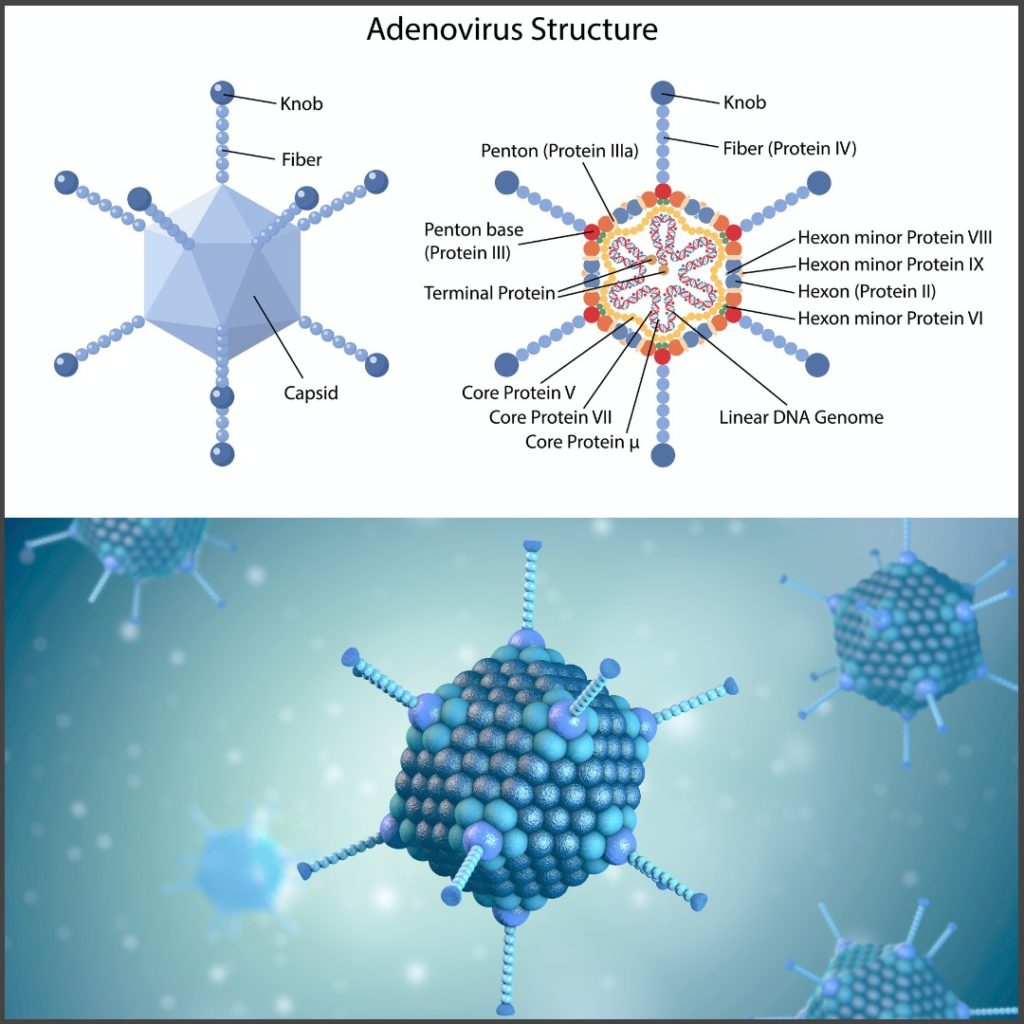
General Information on Hepatitis
There are several types of hepatitis, and the most common one that I alluded to above when I discussed foodborne illness is Hepatitis A, which is a fecal-oral route of transmission. This is not the type of acute hepatitis that the children are experiencing.
I just wanted to make that clear because when you read the word “hepatitis” it could be due to so many things. And there is an article with other causes that the CDC LISTS HERE.
The CDC and the World Health Organization are investigating causes for the upsetting trend in otherwise healthy young children. So far, the children affected are toddlers, most of them are age 5 and under. The current thinking is that an a virus is involved, one called “adenovirus.” Like other viruses, an adenovirus may be spread through the air.
Some of these adenovirusus may be transmitted to another person if you are standing next to them while they’re coughing or sneezing. That’s one way, it really depends on the type of virus of course. Some adenoviruses may be picked up from an infected surface like a doorknob or playground! It is hard for me to fathom that hundreds of worldwide hepatitis cases are caused by an adenovirus, but stranger things have happened. There is another way too.
According to the Mayo Clinic, it’s common for an adenovirus to be used a “trojan horse” to deliver vaccine medication into the cells. I made a graphic below to show you. Adenoviruses are explained more in this thought-provoking MAYO ARTICLE. So then that makes people wonder if vaccinations are to blame. I’ve provided more details and links about that at the end of this article.
What do we know about alcohol consumption
We know that even though there is a rise in cases, and no real reason for it, the hepatitis is still extremely rare in terms of cases. We also know that heavy alcohol consumption, medication use and certain hepatotoxic drugs and toxins can cause a form of hepatitis too (not hepatitis A), but the individuals I’m talking about today do not have these issues. Finally, we know that the liver can become compromised due to some medical conditions, including autoimmune hepatitis, which is where the body’s own immune cells attacks the liver cells as if they were foreign.
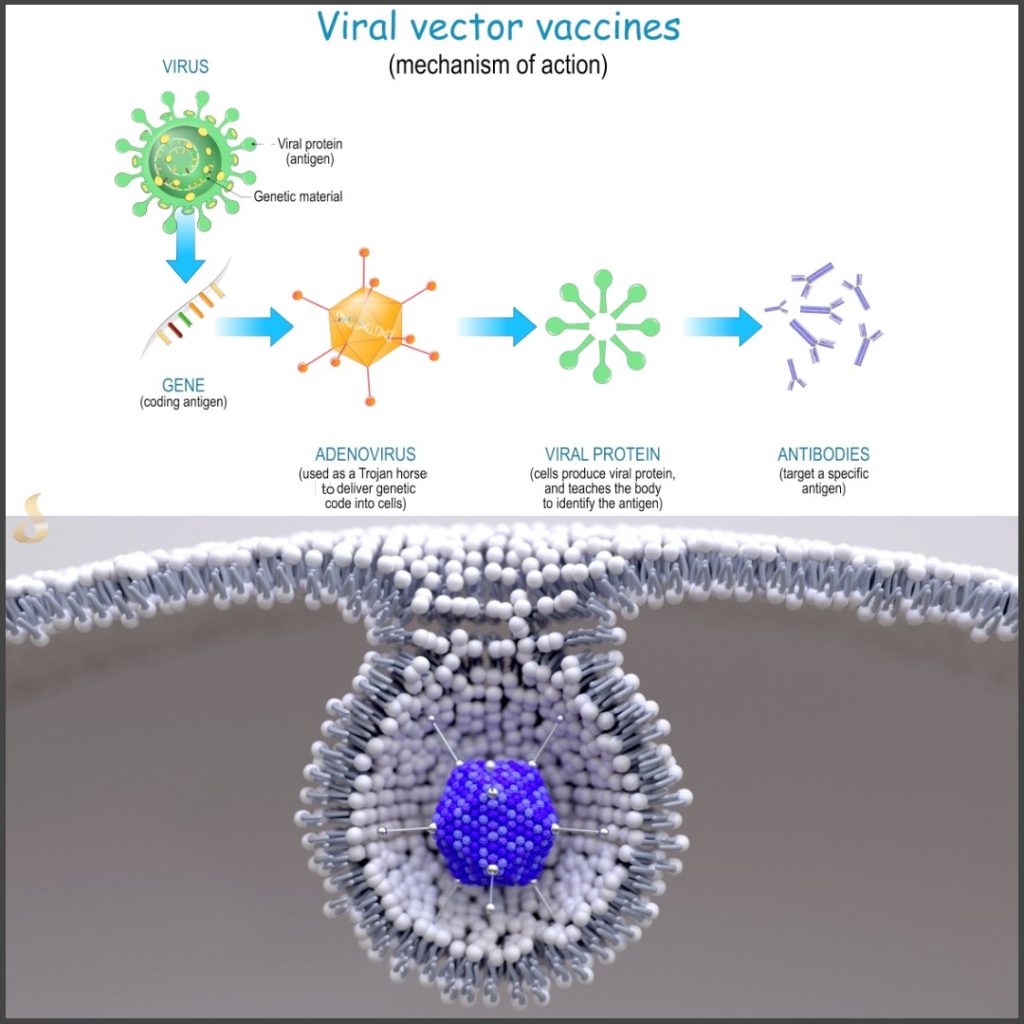
Regardless of the cause of the liver failure, it’s very sad to think about all these young kids suddenly requiring hospital care, a liver transplant, and some of them passing away. Families suffer the tragic loss forever and have no idea what their child even came into contact with to experience this! So as I read the news today, I decided to share the knowledge I have. This way, you or a loved one can get some help in a hurry (if need be) and recognize the problem.
I’ll also explain what your liver does in simple terms, and how diet and easy-to-find herbal supplements and minerals may support healthy liver function.
The liver has the mundane task of secreting useful compounds which break down the food you eat, or medications you take, or synthetic dyes and hair color treatments you use.
It metabolizes to some extent the plastic chemicals in your water bottles, pesticides, herbicides and other chemicals you expose yourself to.
The liver’s job is to clean out chemicals that don’t belong in your body. If you don’t have good filtration system, the poisons build up inside you.
This can lead to many symptoms including unexplained itching, kidney and liver dysfunction, jaundice and ultimately death. One frequent cause for liver dysfunction is smoking (and drinking) due to the tremendous free radical damage to the liver cells (hepatocytes) that cumulatively occurs.
One of the most important chemicals your liver makes is bile, it makes about two to three cupfuls of bile every day. Your gallbladder works in tandem with your liver to protect your intestines from all the stomach acid that could otherwise damage it. The bile acts a bit like detergent in terms of how it breaks down fats. There’s a ton more going on, but this is one of the most important roles your liver plays during the day.
Diseases Associated with Pent Up Toxins
So if your liver is inflamed, or weak, the toxins in the body build up. This can lead to any number of diseases, and it can also turn the skin yellow from the buildup of bile which contains bilirubin. You’ve probably seen bilirubin measured on a blood test, it’s very standard. The bilirubin is a yellow-colored compound that naturally happens during the normal die off phase of older red blood cells. But if there’s a problem, the bilirubin builds up and causes jaundice of the skin.
In summary, the liver is a large organ in the human body that performs 100s of functions. Primarily, it detoxifies our bloodstream. Everything you put in your mouth ultimately goes through the liver! It breaks down the drugs you take, as well as the alcohol you drink. It helps you digest every meal you eat. Additionally, it helps maintain healthy blood sugar levels, cholesterol ratios and clotting factors. It is also the place where we make CoQ10, Glutathione and Catalase, three critical antioxidants that keep us healthy and thriving.
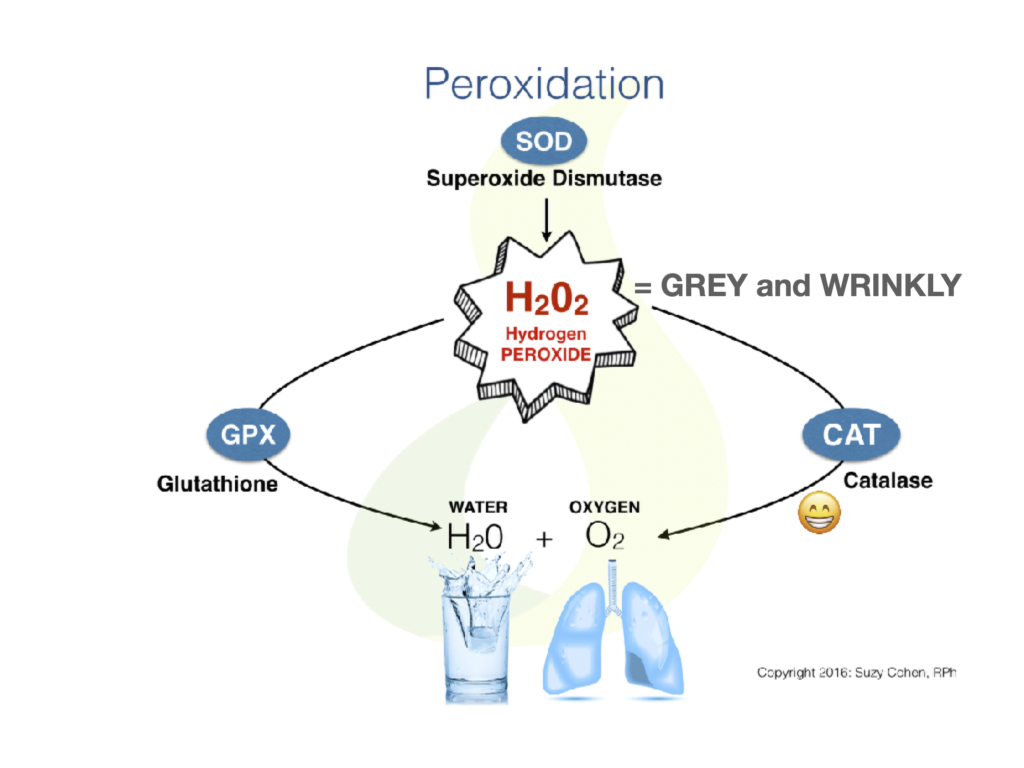
Symptoms of Liver Damage
The more pollutants we encounter or ingest, the harder our liver has to function. Some of the very first signs of an inflamed liver include vomiting, or a sensation of nausea along with itchy skin, a tummy ache, and eyes that appear a little bit yellow. Furthermore, there could be weakness, fatigue, ankle swelling, abdominal pain or swelling and a darker colored urine. Another less discussed but common first sign of hepatitis is a strange, bitter or “metallic” taste in the mouth.
Aside from the 3 antioxidants I mentioned above for liver health, there are some herbal extracts that are popular, as well as foods and beverages you can drink. These are obviously not intended to replace proper medical treatment if you or your child develop hepatitis. These are listed here for educational purposes to support a healthy liver:
1. Milk Thistle or Silybum marianum.
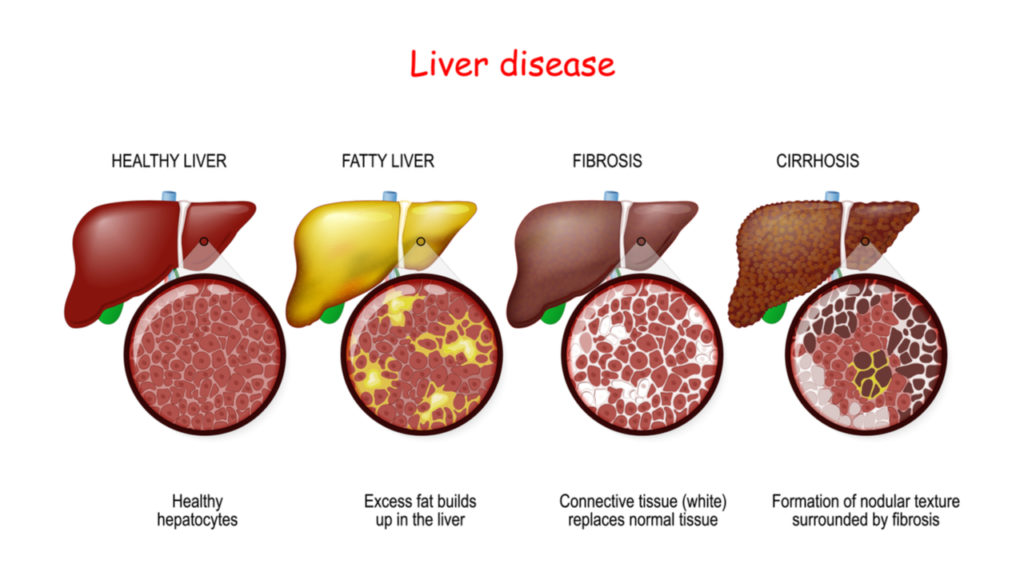 Very popular and easily accessible. The active plant-derived ingredient from this thorny bush is “silymarin” which is found in the seeds of the milk thistle plant. Silymarin is a competitive inhibitor of toxins, it will race to the cellular binding site and sit on the receptor so free radicals can’t latch on and kill them. It has some mild estrogenic properties. People who regularly consume alcohol may benefit from milk thistle or anything else on my list today.
Very popular and easily accessible. The active plant-derived ingredient from this thorny bush is “silymarin” which is found in the seeds of the milk thistle plant. Silymarin is a competitive inhibitor of toxins, it will race to the cellular binding site and sit on the receptor so free radicals can’t latch on and kill them. It has some mild estrogenic properties. People who regularly consume alcohol may benefit from milk thistle or anything else on my list today.
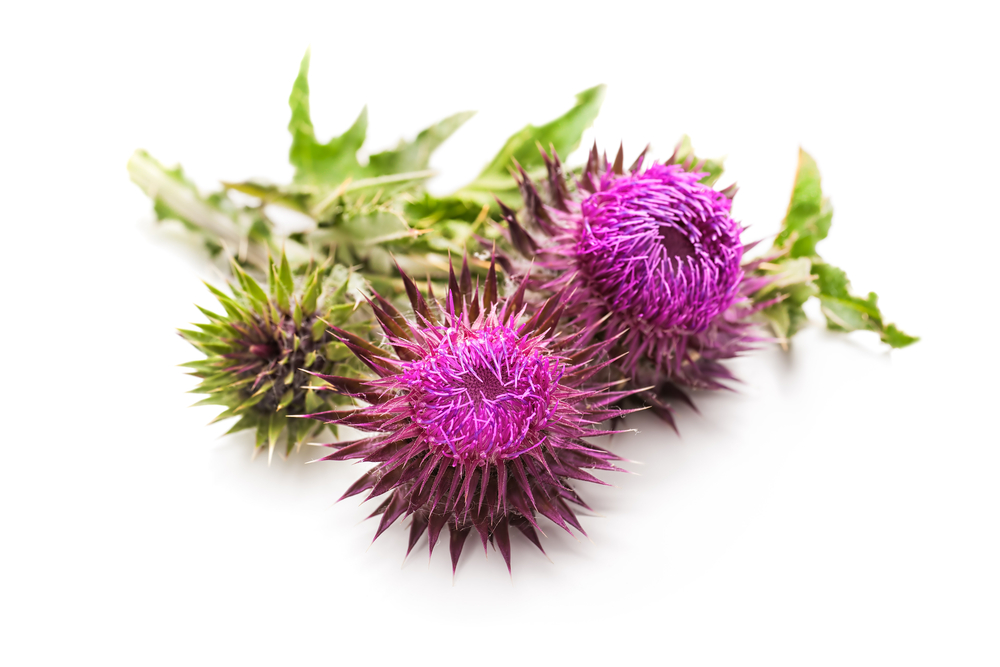
2. Artichoke Extract or Cynara cardunculus.
You can eat them for sure, but you won’t get enough, plus the active component is mostly in the leaf anyhow. That’s why I recommend dietary supplements for this one. The compound “cynarin” is useful in helping the cells more efficiently clear out the poisons. Artichokes have a ridiculous track record of awesome health benefits which you can read about in this PAPER. Artichoke leaf extract may protect your liver from all kinds of damage and even promote the growth of new cells. Furthermore, it increases the production of bile, which helps remove harmful toxins from your liver.
3. Dandelion or Taraxacum officinale.
Even if you drank a dandelion tea each morning, it would help. Dandelion assists your body in making some more bile, so it reduces damage to the liver. It helps with cholesterol ratios too. This is a diuretic therefore good for some people with hypertension. Athough it’s very mild, it has a diuretic effect.
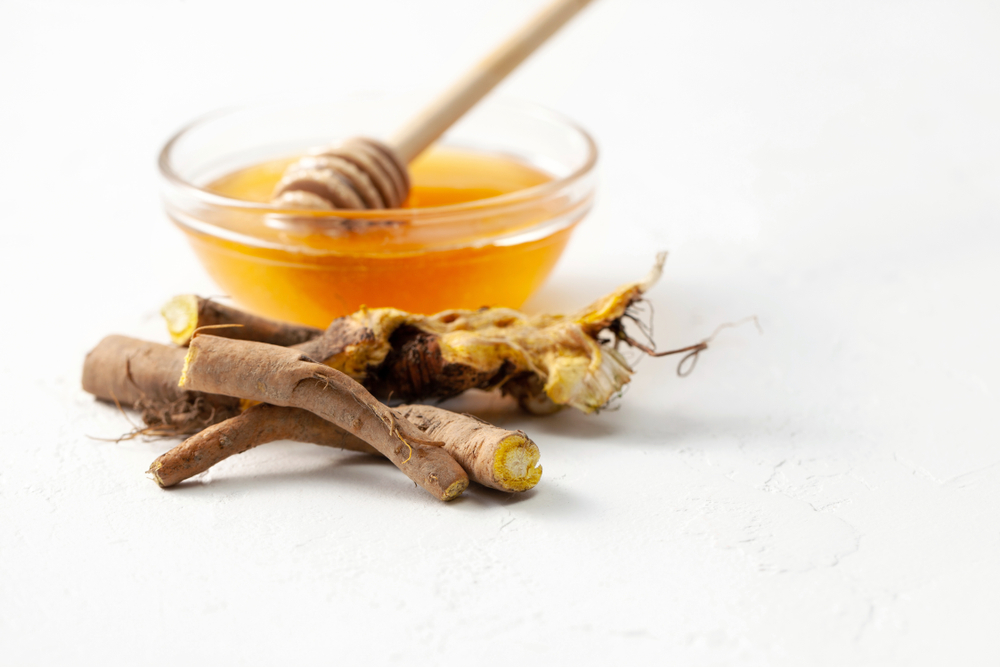
4. Yellow Dock will protect your liver
This is an impressive herb for detoxification and one that I purchased from my local apothecary shop to turn it into a gentle tea. Yellow dock root helps to cleanse the liver and lymphatic system of toxins. The root of the yellow dock plant (with honey) was a popular folk remedy used to treat colds and inflammatory processes in traditional folk medicine. Yellow dock is known botanically as Rumex crispus. Today, there’s not a lot of clinical information or studies on this herb. One PAPER from 2020 examined the benefits from just one constituent in yellow dock called “chrysophanol.”
It has benefits for depression, as well as cardiovascular disease, and cancer. It’s a very strong anti-inflammatory, and obviously it can protect the liver. Since the time of Hippocrates, this herb has been used to aid digestion, liver health and general wellness. It also happens to contain natural vitamin C, beta carotene and chlorophyll. Like milk thistle, yellow dock can be mildly estrogenic. Like dandelion, it is a mild diuretic.
5. Beets or Beta Vulgaris is known to protect your liver
Everyone’s favorite salad topping (I hope!) beets are useful for removing toxins from the body and stimulating better liver health. The dark reddish-purple pigments are what helps the body with a wide range of vascular problems, oxidative stress and digestive concerns. Eating enough beets is tough so you can certainly look into beetroot drinks, powder supplements or capsules/extracts. Keep in mind this might lower blood pressure. I wrote an article entitled, Beet Someone You Love, and it’s a popular article to show you how good these are for you!
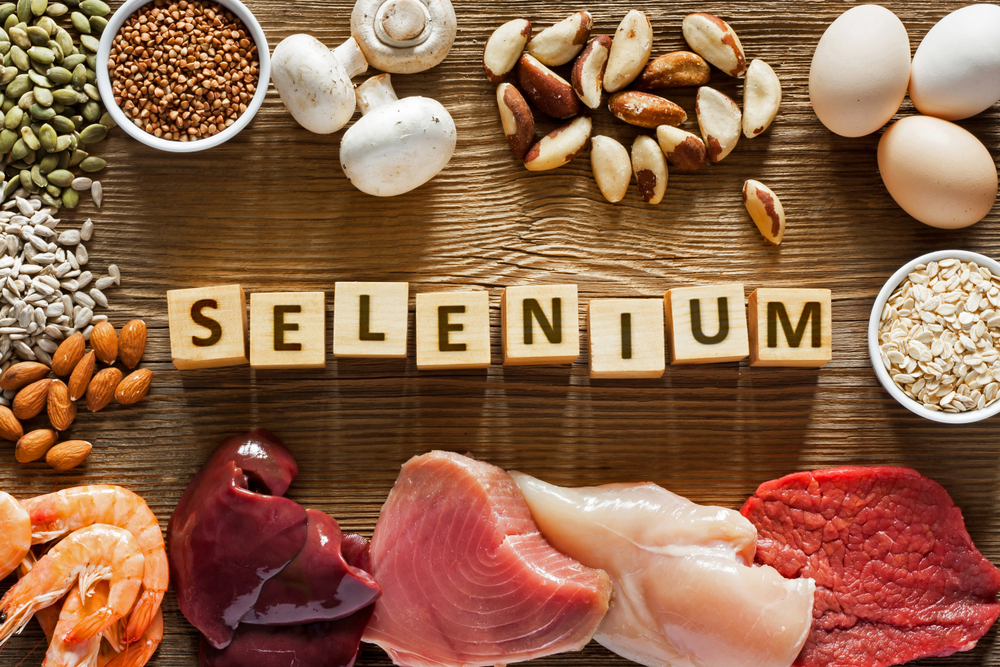
6. Selenium (selenomethionine) can protect your liver
This is an important trace mineral that you can get from nuts and other foods, or dietary supplements. Selenium is most commonly thought of for its benefit to thyroid function, prostate health and as of late, people suffering with respiratory infections. But selenium is required for your body to make glutathione. And glutathione is required for a healthy liver.
So it’s an antioxidant that is vital in terms of liver preservation. No selenium, no glutathione… no glutathione means liver problems! When it comes to the extremely dangerous condition of liver fibrosis, RESEARCH shows that those people who endure the most dangerous outcomes have the lowest levels of selenium, and so that suggests selenium may be protective.
Like vitamin C, selenium is useful at keeping your arteries and blood vessels nice and elastic, and pliable. You want that. Stiffness in the arteries leads to hypertension and heart problems. The most easy-to-digest form of selenium is called “selenomethionine” because that’s how it naturally occurs in food. Other types of selenium are okay, but they might be harder on the tummy and less bioavailable due to them being more synthetic. Here’s my article, 6 Mind-Blowing Reasons You Should Take Selenium.
7. Phosphatidylcholine is a great way to protect your liver
Last but not least on my list today is choline which is necessary for the transport of fat out of the liver. This is good because this very action can help cut down on your risk for NAFLD (non-alcoholic fatty liver disease). The choline helps keep the liver cells fairly clean and free of too much burden. Remember, the harder they have to work, the more overwhelmed the liver becomes, and there more likely there is inflammation or “hepatitis.” So reducing accumulation of fat in the liver is huge.
When I say “fat” I mean triglycerides and cholesterol. We need those to exit the liver and go support the making of good stuff like your sex hormones and happy neurotransmitters. If the fat sits there, it does nothing but build up and cause fatty liver disease. Phosphatidylcholine helps the process. If you have memory concerns, or you’re curious if supplementing with phosphatidylcholine is right for you, read my article, Why You Might Need More Phosphatidylcholine.
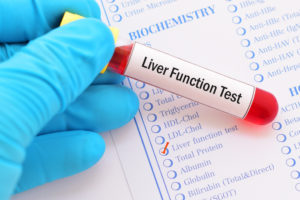
Children and young adults always have a stronger and healthier liver than older adults who have been subjected to decades of medication use, especially acetaminophen or opiates, environmental toxins, ingestion of foods that are unhealthy and so forth. It’s very common to do Liver Function Test which is a simple blood test available anywhere. You can even self-order this.
The rise in hepatitis cases in children is alarming. As of this writing, no one is blaming anything other than an ADENOVIRUS, possibly. Since an adenovirus is what the CDC is focusing on right now, many people know that this is a common part of some vaccines. For that matter, adenoviruses are very common, one of them causes pink eye, another causes a cold. Vaccine technology contains adenoviruses sometimes. As a parent, this type of information is vital.
Unfortunately, there is no data available to specifically answer the question of whether or not those children had received any vaccines. But if you’re wondering, yes there is an adenoviral vector in some mRNA vaccines, and you can find out more HERE. I’ve created some graphics for you (scroll above) to help give you the visual on how an adenoviruses can get into the cell.
If you have a question about your health regimen and/or anything you’ve read about today, please ask your local pediatrician, or physician. Nothing here is to be construed as medical advice. It’s too early to determine the actual number of hepatitis cases too, as adverse event reporting procedures are not stringent. Also, please also talk to your physician (or pediatrician) about any herbs, teas or vitamins that you’d like to take because we all have an individual response. These also may interact with your current supplement regimen so always seek professional opinions about making changes to your health plan.

Suzy Cohen, has been a licensed pharmacist for over 30 years and believes the best approach to chronic illness is a combination of natural medicine and conventional. She founded her own dietary supplement company specializing in custom-formulas, some of which have patents. With a special focus on functional medicine, thyroid health and drug nutrient depletion, Suzy is the author of several related books including Thyroid Healthy, Drug Muggers, Diabetes Without Drugs, and a nationally syndicated column.


